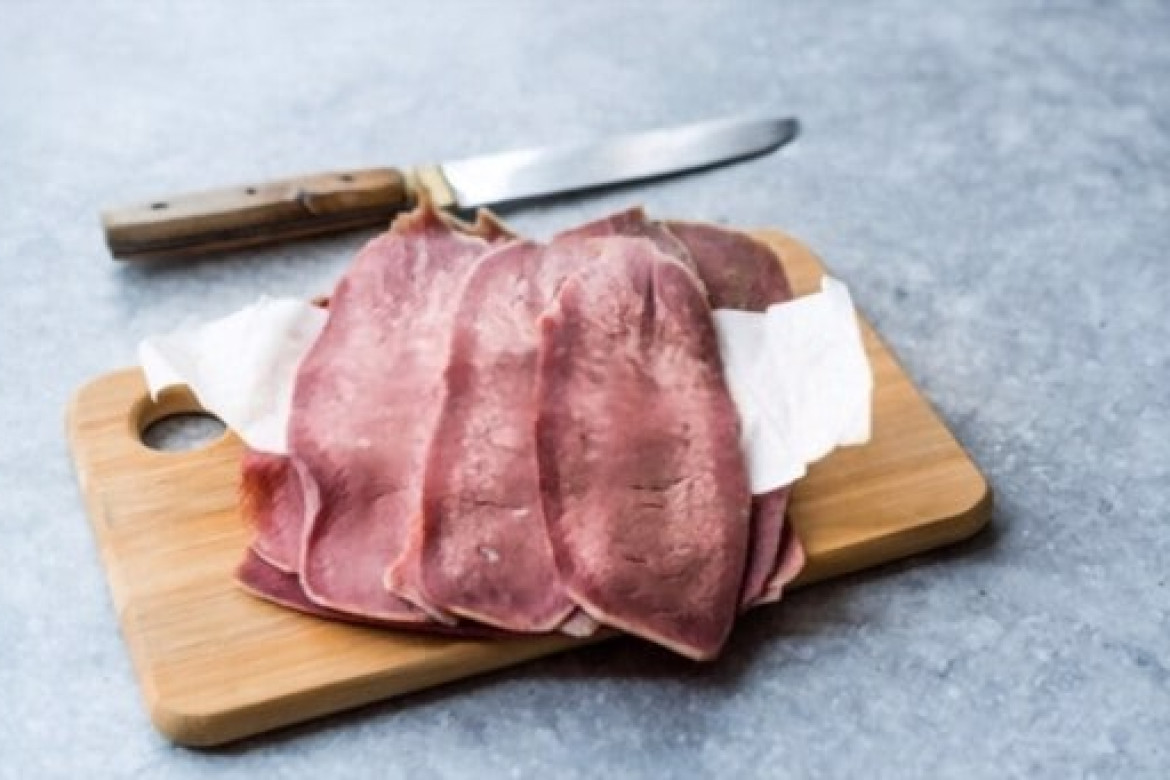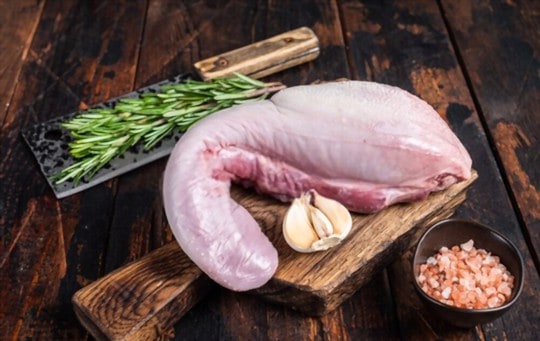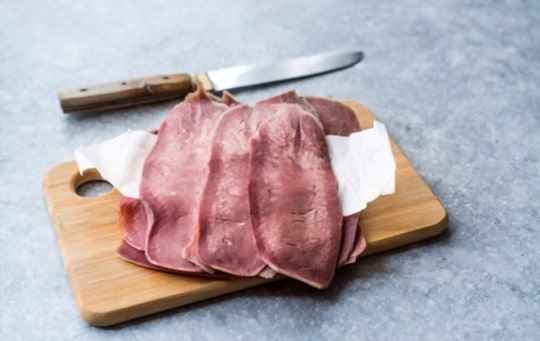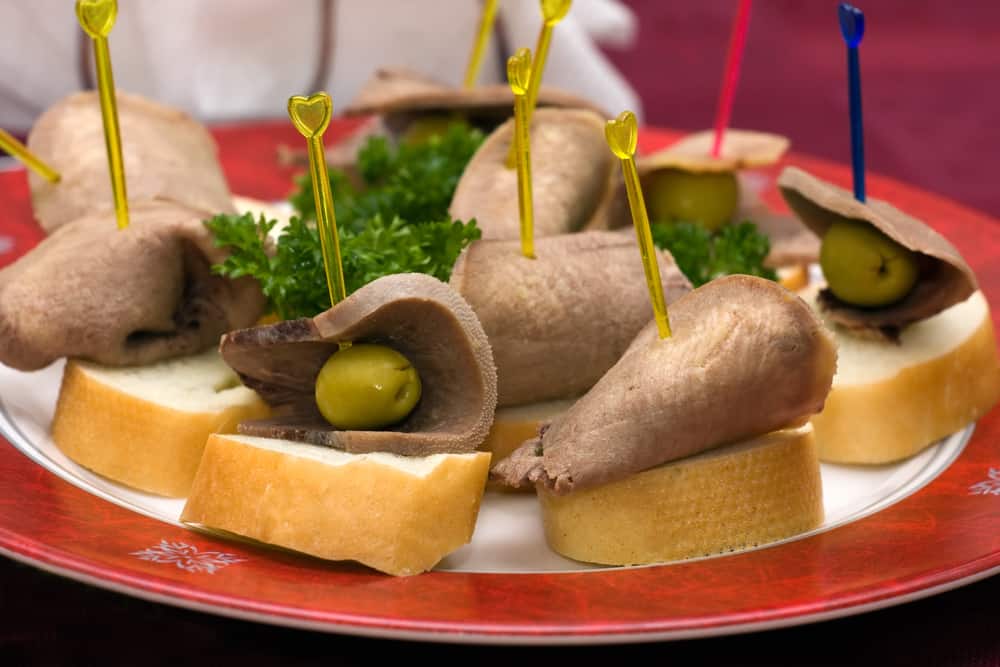
What does beef tongue taste like? Join us to learn about the flavor and how to prepare safe and delicious beef tongue!
Have you ever wondered what cow tongue tastes like? It may seem like a strange question, but it’s actually quite common. Cow tongue is a delicacy in many cultures around the world, and its unique flavor and texture make it a favorite among foodies. The article below Rincon Latino will help you discover everything you need to know about the taste of beef tongue, including how to use it, examples of dishes with beef tongue, comparisons with other meats, and tips on how to use beef tongue. processing.
Cow tongue can be used in a variety of ways in cooking, depending on your preferences and the recipe you’re following. Here are some popular ways to use cow tongue:

Read more: what does tripe taste like
Cow tongue is used in many different cuisines around the world, from Mexican tacos and Korean soups to Jewish deli sandwiches and French charcuterie boards. Here are some popular dishes that feature cow tongue:
Read more: when cooking chicken what is the white stuff
Cow tongue has a unique flavor and texture that makes it different from other meats. Here are some ways it compares to other types of meat:

Because cow tongue is beef, it has a similar flavor to other cuts of beef. However, its texture is much more tender and gelatinous than most other beef cuts.
Cow tongue has a more pronounced flavor than pork, which can be quite mild in comparison. Its texture is also quite different, as pork tends to be more fatty and less tender than cow tongue.
Cow tongue has a much richer and more complex flavor than chicken, which can be quite bland in comparison. Its texture is also quite different, as chicken tends to be more stringy and less tender than cow tongue.
If you’ve never cooked cow tongue before, here are some tips to help you get the best results:

Cow tongue may not be the most common cut of meat, but its unique flavor and texture make it a favorite among foodies around the world. Whether you braise it, grill it, stew it, or slice it thin, cow tongue is a versatile ingredient that can be used in a variety of dishes. If you’ve never tried cow tongue before, don’t be afraid to give it a shot – who knows, it might just become your new favorite meat!